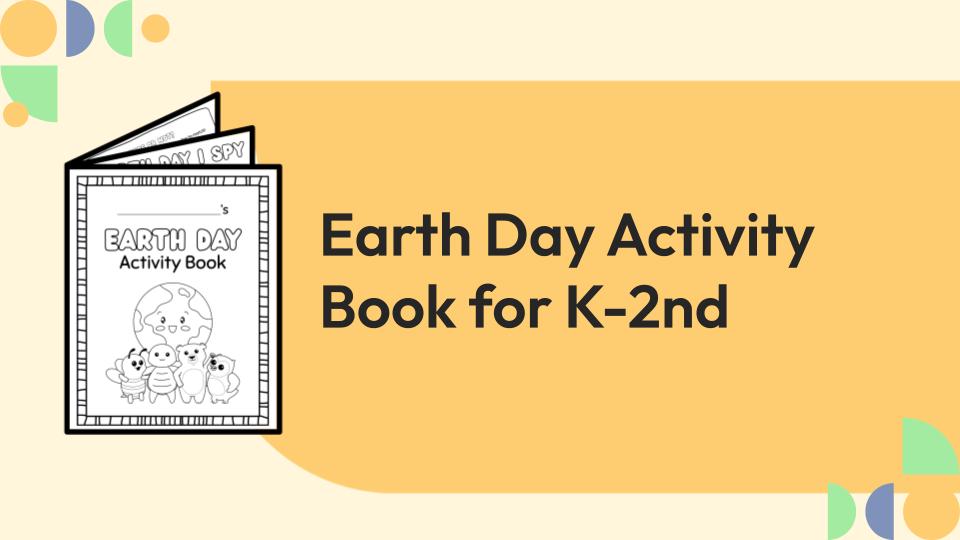Chief Product Officer



In this lesson, students learn some of the impacts climate change is having on the Arctic, hear youth perspectives about the impacts of climate change, and write their own personal climate stories.
Step 1 - Inquire: Students do a gallery walk of infographics about climate change impacts on the Arctic and brainstorm how climate change might affect the people who live there.
Step 2 - Investigate: Students watch a video of an Alaskan youth sharing the impacts of climate on his community, write down key words or phrases that stand out as they watch, and brainstorm a list of components that can be included in a climate story.
Step 3 - Inspire: Students write their own personal climate stories, revise their stories, share their climate stories in small groups, and discuss the differences between their personal climate stories and Nelson’s climate story as a class.




.jpg)







.jpg)




.png)


.png)
.png)



















.png)
.png)
.png)
.png)

.jpg)
.jpg)

.jpg)
.jpg)